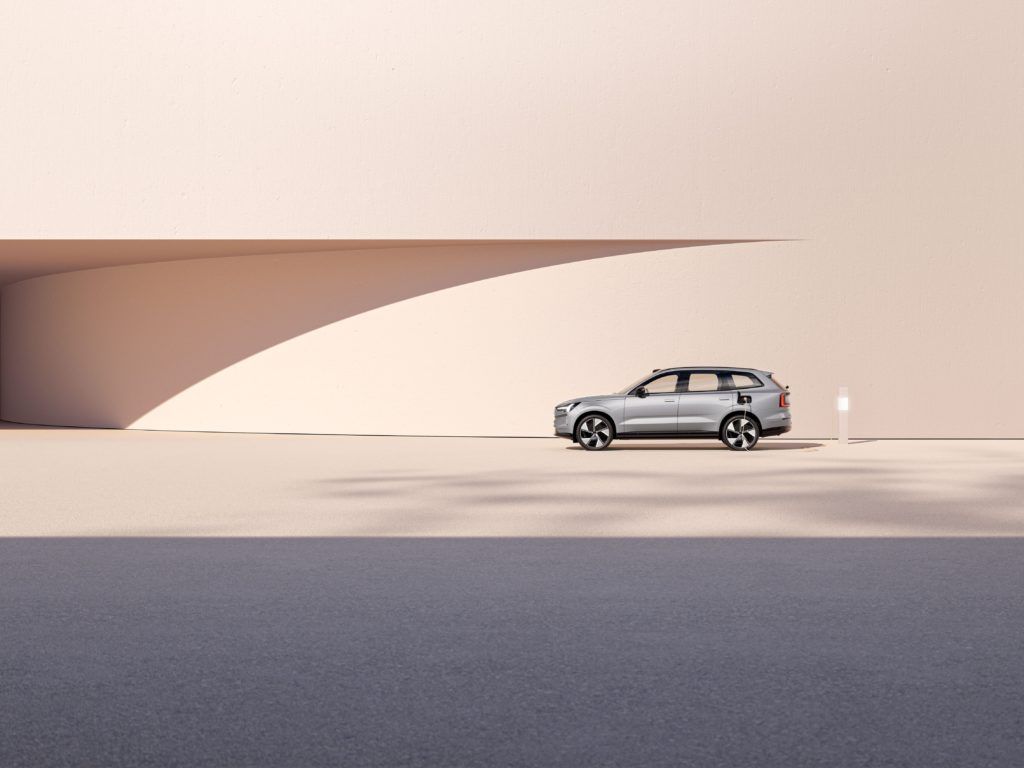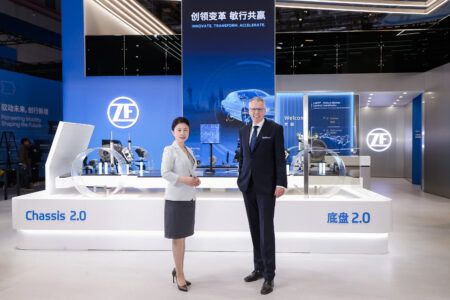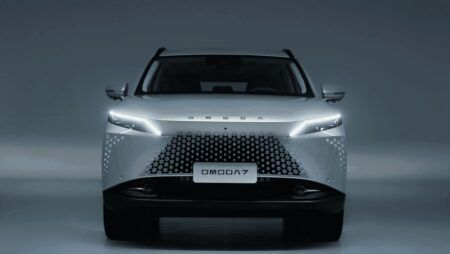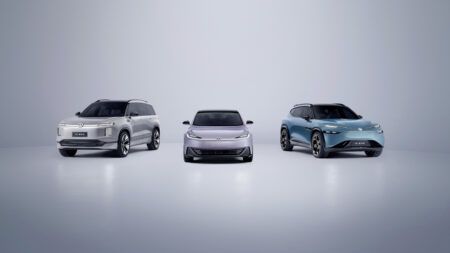Volvo has announced a completely new business unit to help support the transition to a smarter, more sustainable, and more efficient energy grid. Volvo Cars Energy Solutions will offer energy storage and charging-related technologies and services connecting the company’s cars, their customers’ lives, the efficient use of energy and society at large.
Volvo highlight the potential of its cars and their batteries to do more than simply eliminate tailpipe emissions, specifically stationary EV’s ability to power homes, appliances and possibly return power to the energy grid. The necessary hardware to facilitate bi-directional charging – which allows an EV to give back extra battery power to a compatible grid – will be a feature of the fully electric EX90 SUV.
Together with Göteborg Energi Nät AB, the local grid company of Gothenburg, Volvo’s Swedish hometown, the company is launching one of the first vehicle-to-grid (V2G) pilot programmes, aiming to test this V2G technologies on a local energy grid. The project not only aims to gain acceptance from a grid company and to demonstrate to other grid companies that V2G programmes can provide tangible benefits, but to create a testing arena for new technologies that are central to the future of Volvo Cars outside of labs.
“With bi-directional charging, you can use your car battery as an extra energy supply, for example to provide power to your home, other electric devices or another electric Volvo car,” said Alexander Petrofski, the new Head of Volvo Cars Energy Solutions. “The next step would be to enable this feature all around Sweden, and hopefully that will pave the way for even broader acceptance of similar charging and energy storage services around Europe.”
The Volvo Cars Energy Solutions initiative shows the company’s intention to create an ecosystem where EVs are more than a mode of transport but part of a sustainable energy infrastructure. This not only promotes environmental sustainability but also has the potential for substantial financial gains for consumers and the company, and predicts a future where sustainability is beneficial for all.





